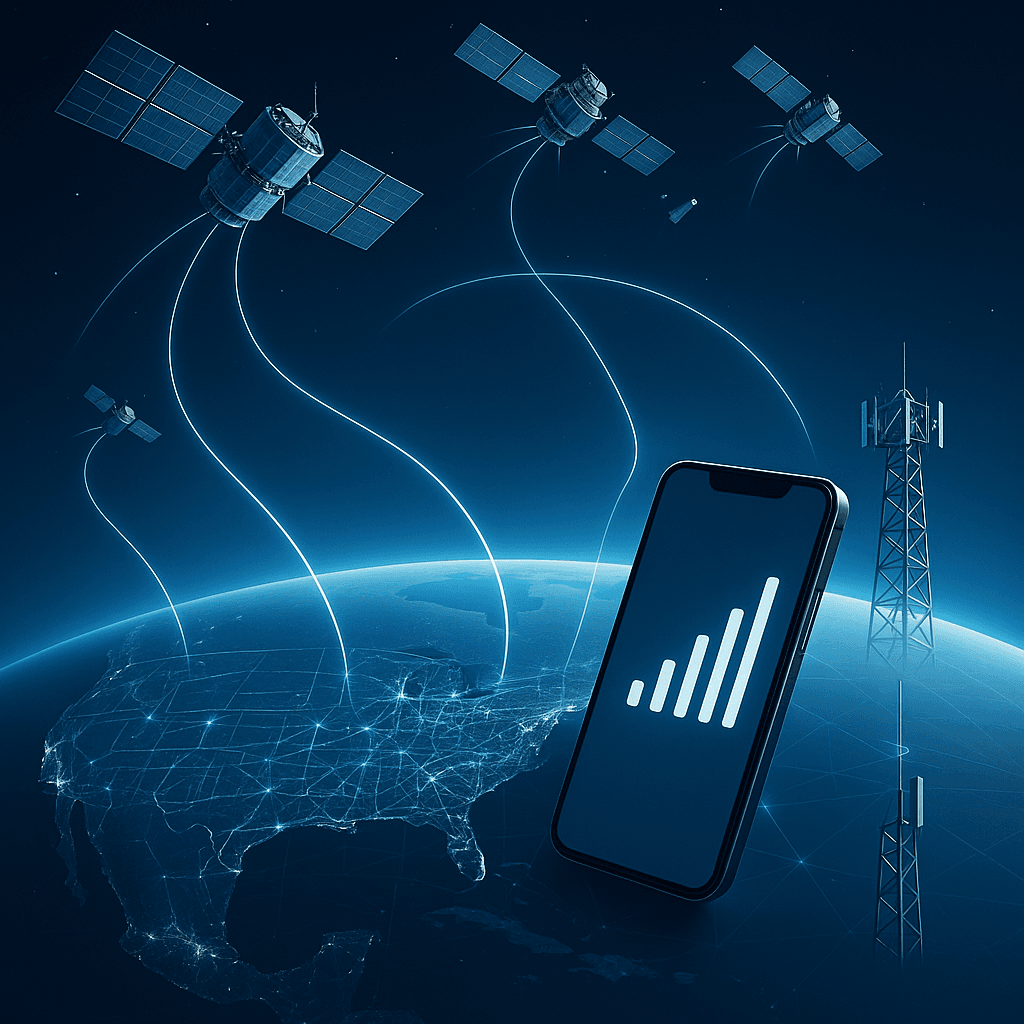A stunning loophole in Trump's new H-1B visa policy lets 80% of applicants dodge the $100,000 fee entirely, leaving startups to shoulder the burden while big tech giants waltz through unscathed. The revelation came during TechCrunch's Equity podcast with immigration policy expert Jeremy Neufeld, who broke down how the wage-based system is creating bizarre distortions that could give visa slots to experienced acupuncturists over AI PhD graduates earning $200K.
The Trump administration's $100,000 H-1B visa fee was supposed to level the playing field for American workers, but it's created something entirely different - a system where 80% of applicants can sidestep the cost while startups get crushed under the weight of what many are calling a 'talent tariff.' Jeremy Neufeld, Director of Immigration Policy at the Institute for Progress, joined TechCrunch's Equity podcast to explain how this policy is reshaping tech hiring in ways nobody anticipated. The loophole stems from the wage tier system built into the new regulations. Companies paying workers below certain salary thresholds can qualify for exemptions, creating a perverse incentive structure that defies the policy's stated goals. 'We're seeing situations where an experienced acupuncturist could get priority over a fresh AI PhD graduate making $200,000,' Neufeld explained during the podcast discussion. This isn't just theoretical - the wage calculations are creating real distortions in how visas get allocated. For startups, the implications are brutal. While established tech giants like Google, Microsoft, and Meta have existing immigration infrastructure and deeper pockets to navigate the new system, early-stage companies are finding themselves priced out of top talent. The $100,000 fee represents a significant portion of many startups' hiring budgets, forcing founders to choose between international talent and runway preservation. But there's another wrinkle that's causing chaos across the ecosystem. Universities and national laboratories - traditionally exempt from many H-1B restrictions - now find themselves caught in regulatory limbo. They know they're supposed to pay under the new rules, but the government hasn't provided clear guidance on implementation. 'These institutions are stuck between wanting to comply and having no clear path forward,' Neufeld noted, highlighting how the policy rollout has created uncertainty even for organizations that should theoretically have clearer exemptions. The broader trend reflects a fundamental shift in how America approaches high-skilled immigration. Previous H-1B reforms focused primarily on protecting American workers through wage requirements and lottery systems. This policy takes a different approach, essentially using price as a gatekeeper - but the execution has created unintended consequences that may actually harm the innovation economy it claims to protect. Large consulting firms and outsourcing companies, historically the biggest users of H-1B visas, are finding ways to work within the new system. They can spread the $100,000 cost across multiple projects or absorb it into their larger fee structures. Meanwhile, a promising AI startup trying to hire its first machine learning engineer faces an impossible choice between paying six figures for a visa or settling for domestic talent that might not exist. The timing couldn't be worse for the startup ecosystem. As companies race to build AI applications and compete with well-funded rivals, access to global talent has become more critical than ever. The new H-1B restrictions are creating artificial constraints right when startups need maximum flexibility to compete. Industry advocates argue the policy misses the mark entirely. Instead of protecting American workers by ensuring fair wages and working conditions, it's created a system where bureaucratic navigation matters more than merit. Companies with sophisticated legal and HR departments can find the loopholes, while scrappy startups get left behind. What's particularly frustrating for startup founders is the arbitrary nature of the wage tier system. The same engineer could qualify for different treatment depending on their specific role classification, geographic location, and compensation structure. This creates a compliance nightmare for small teams that don't have dedicated immigration specialists on staff. The policy also reflects broader tensions in how America balances economic competitiveness with worker protection. While the intent to prioritize American employment is clear, the execution is creating market distortions that may ultimately harm both domestic workers and the innovation economy they're meant to benefit from.












